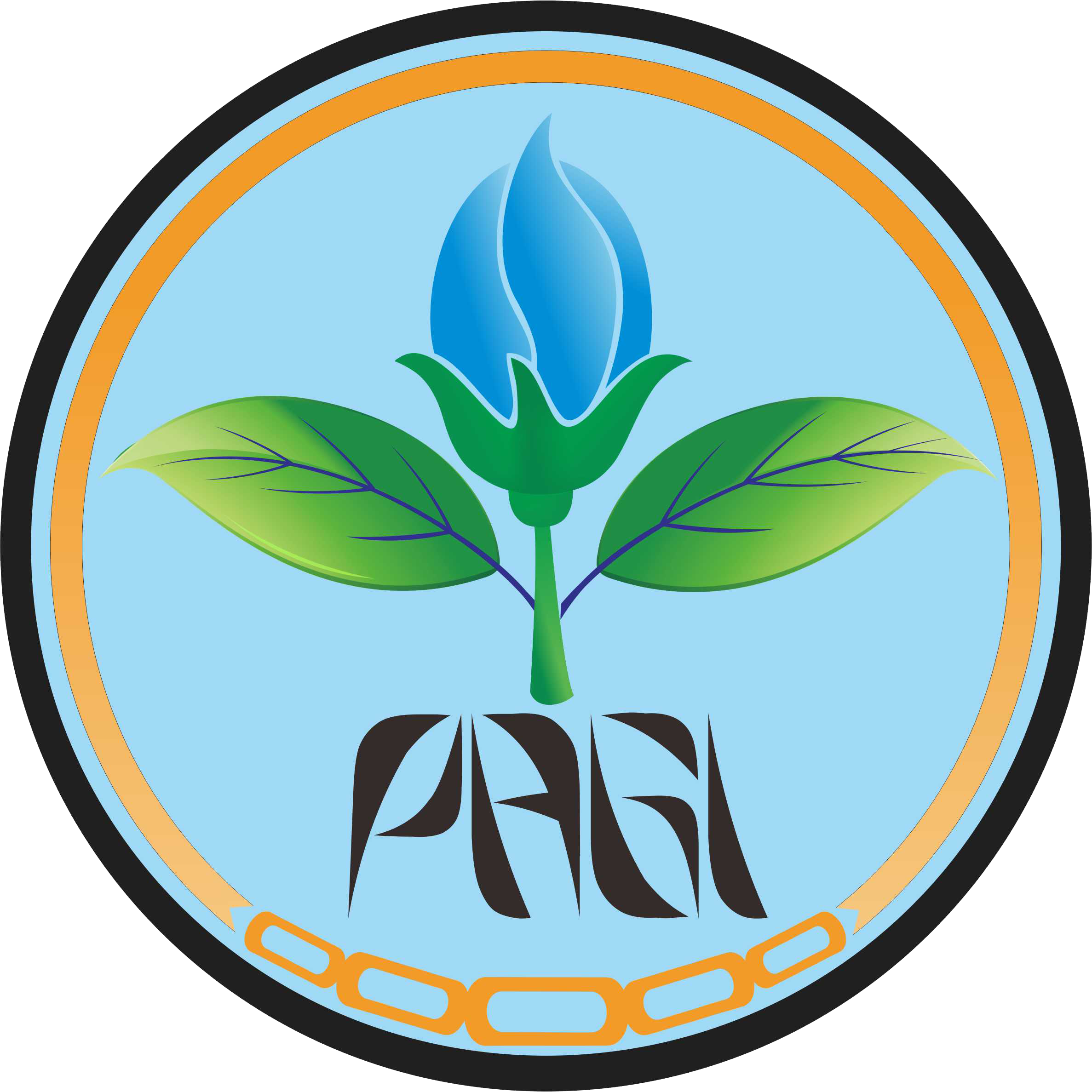Rasio N-NO3-:P dan Pengaturan Kepekatan Larutan Nutrisi Untuk Pembungaan Waluh Berbasis Hidroponik Substrat
Abstract
Pumpkin is a promising commodity to be developed as food substitute for flour-based flour. Pumpkin cultivation is currently cultivated by farmers on dry land as secondary crop. Pumpkin cultivation constraints as requires a large area and long time. Pumpkin commodities development can be done by hydroponic substrates cultivation that have advantages to accelerate the plant growth, can be cultivated on limited area, and increase the quality of plant yields. The hydroponic substrate cultivation depends on the quality of nutrients as well as the availability of the nutrients. The aim of this research is to study the response of plant flowering to the composition of nutrients (modification of the balance of Nitrogen and Phosphor) and concentration of hydroponic substrate nutrition solution and interaction between treatments. This research used Completely Randomized Design which consists of 2 factors, nutritional composition and concentration of solution with 3 replications and each treatment consist of 6 plants. Observation variables included flower age, flower position, and number of flowers. The results showed that there were interactions between the treatment of nutrient composition and adjustment concentration on the observing variables flower age appear, and flower position. Nutritional composition with the balance of elements of Phosphorus and Nitrogen shows the higher balance of Phosphorus elements followed by lower Nitrogen elements tend to give a lower response to flowering pumpkin on hydroponic substrate. Adjustment lower concentration of application solutions (20 ml concentrated in 1 L solution) or equivalent to EC 3.8-4.0 mS/cm gives a better response to flowering pumpkin on hydroponic substrate.
Keywords
Full Text:
PDF(ID)References
Adhau G W, Salvi V M, Raut R W. 2015. Development and quality evaluation of pumpkin (Cucurbita pepo) preserve: a value added product. Int J Adv Res 3(2):57-62.
Agbagwa I O, Ndukwu B C, Mensah S I. 2007. Floral biology, breeding system, and pollination ecology of Cucurbita moschata (Duch. ex Lam) Duch. ex Poir. varieties (Cucurbitaceae) from parts of the Niger Delta, Nigeria. Turk J Bot 31(2007):451-458.
Agbaje G O, Oloyede F M, Obisesan I O. 2012. Effects of NPK fertilizer and season on the flowering and sex expression of pumpkin (Cucurbita pepo Linn.). Int J Agr Sci 2(11):291-295.
Ahamed K U, Akhter B, Islam M R, Humauan M R. 2011. An assessment of morphology and yield characteristics of pumpkin (Cucurbita moschata) genotypes in Northern Bangladesh. Trop Agr Res Ext 14(1):7-11.
Ahmed B, Masud M A T, Zakaria M, Hossain M M, Mian M A K. 2017. Evaluation of pumpkin (Cucurbita moschata Duch. Ex Poir.) for yield and other characters. Bangladesh J Agr Res 42(1):1-11.
Ajuru M G, Okoli B E. 2013. The morphological characterization of the melon species in the family Cucurbitaceae Juss., and their utilization in Nigeria. Int J Mod Bot 3(2):15-19.
Antarlina S S, Umar, S. 2006. Teknologi pengolahan komoditas unggulan mendukung pengembangan agroindustri di Lahan Lebak. Prosiding Seminar Nasional Inovasi Teknologi dan Pengembangan Terpadu Lahan Rawa Lebak untuk Revitalisasi Pertanian 2006. Banjarbaru (ID): Balai Penelitian Pertanian Lahan Rawa (Balittra).
Hamli F, Lapanjang I M, Yusuf R. 2015. Respon pertumbuhan tanaman sawi (Brassica juncea L.) secara hidroponik terhadap komposisi media tanam dan konsentrasi pupuk organik cair. J Agrotekbis 3 (3):290-296.
Harliani E N, Palupi E R, Wahyudin D S. 2014. Potensi penyimpanan serbuk sari dalam produksi benih hibrida mentimun (Cucumis sativus L) varietas KE014. J Hort Indonesia 5(2):104-117.
Hassan Z H. 2014. Aneka tepung berbasis bahan baku lokal sebagai sumber pangan fungsional dalam upaya meningkatkan nilai tambah produk pangan lokal. Pangan 23(1):93 – 107.
Kiharason J W, Isutsa D K, Ngoda P N. 2017. Effect of drying method on nutrient integrity of selected components of pumpkin (Cucurbita moschata Duch.) fruit flour. J Agr Bio Sci 12(3):110-116.
Megharaj K C, Ajjappalavara P S, Revanappa, Manjunathagowda D C, Bommesh J C. 2017. Sex manipulation in cucurbitaceous vegetables. Int J Curr Microbiol App Sci 6(9):1839-1851.
Parks S, Murray C. 2011. Leafy asian vegetables and their nutrition in hydroponics. New South Wales : Industry & Investment NSW.
Purnomo, Daryono B S, Sentori M B. 2015. Variability and intraspecies classification of pumkin (Cucurbita moschata (Duch. ex Lam.) Duch. ex Poir.) based on morphological characters. KnE Life Sci 2 : 286-293.
Suryawati, Wijaya R. 2012. Respon pertumbuhan dan produksi tanaman melon (Cucumis melo L.) terhadap kombinasi biodegradable super absorbent polymer dengan pupuk majemuk NPK di tanah miskin hara. Agrinom 17(3):155-162.
Sutiyoso Y. 2003. Meramu pupuk hidroponik tanaman sayur, tanaman buah, tanaman bunga. Jakarta (ID):Penebar Swadaya.
Suwanto, Suranto, Purwanto E. 2015. Karakterisasi labu kuning (Cucurbita moschata Duch) pada lima kabupaten di propinsi Jawa Timur. El-Vivo 3(1):61-71.
Vidal M D G, Jong D E, Wien H C, Morse R A. 2010. Pollination and fruit set in pumpkin (Cucurbita pepo) by honey bees. Revista Brasil Bot 33(1):107-113.
Widyastuti T, Wijaya I. 2005. Pemberian urine sapi dan penentuan dosis pupuk N pada tanaman ketimun (Cucumis sativus. L.). Planta Tropika 1(1):1-4.
Wien H C, Stapleton S C, Maynard D N, McClurg C, Riggs D. 2004. Flowering, sex expression, and fruiting of pumpkin (Cucurbita sp) cultivars under various temperature in greenhouse and distant field trials. Hort Sci 39(2):239-242.
Wiguna G. 2014. Keragaan fenotifik beberapa genotipe mentimun (Cucumis sativus. L.). Mediagro 10(2):45-56.






